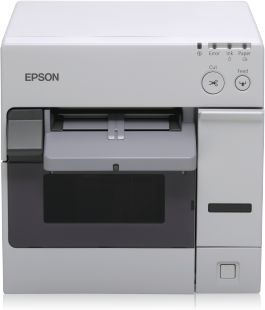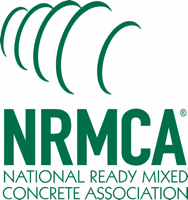A printer is a fringe gadget that makes a diligent portrayal of illustrations or text, ordinarily on paper. While most yields are intelligible, standardized tag printers are a case of extended use for printers. The various types of printers are incorporate as a 3D printer, inkjet printer, laser printer, warm printer. For the discovery of the next generation upgrades, one might focus on epson ecotank l3111 specs with the lowest cost. It could be considered as the most economical and then stylish printer over-usage. While considering this case of printer we don’t need to insert any of the cartridges for the process. It could be considered as a cartridge-free printer. Rather than the use of the cartridge printers, it could be more efficient and powerful in progress.

History of printer:
The principal PC printer planned was a precisely determined contraption by Charles Babbage for his distinction motor in the nineteenth century; notwithstanding, his mechanical printer configuration was not worked until 2000. The main electronic printer was the EP-101, created by Japanese organization Epson and delivered in 1968. The principal business printers by and large utilized systems from electric typewriters and Teletype machines. The interest for higher speed prompted the improvement of new frameworks explicitly for PC use. During the 1980s there were daisy wheel frameworks like typewriters, line printers that created comparative yield however at a lot higher speed, and dab lattice frameworks that could blend text and designs yet delivered generally bad quality yield. The plotter was utilized for that requiring excellent line workmanship like diagrams.
Best framework in printing:
The presentation of the minimal effort laser printer in 1984 with the primary HP LaserJet, and the expansion of PostScript in the following year’s Apple LaserWriter, set off an insurgency in printing known as work area publishing. Laser printers utilizing PostScript blended content and designs, similar to spot framework printers, yet at quality levels once accessible just from business typesetting frameworks. By 1990, most basic printing assignments like fliers and leaflets were currently made on PCs and afterward laser printed; costly balance printing frameworks were being unloaded as scrap. The HP Deskjet of 1988 offered similarly favorable circumstances as a laser printer regarding adaptability, however delivered fairly lower quality yield that could be contingent upon the paper from substantially less costly components. Inkjet frameworks quickly dislodged the spot grid and daisy wheel printers from the market.
The digital updates:
The last update of web email through the 1990s and into the 2000s has to a great extent uprooted the requirement for printing as a method for moving records, and a wide assortment of solid stockpiling frameworks implies that an “actual reinforcement” is of little advantage today. Indeed, even the longing for printed yield for “disconnected perusing” while on mass travel or airplane has been uprooted by digital book perusers and tablet PCs. Today, customary printers are being utilized more for unique purposes, such as printing photos or craftsmanship, and are not, at this point an absolute necessity have peripheral. Beginning around 2010, 3D printing turned into a region of extreme interest, permitting the production of actual items with a similar kind of exertion as an early laser printer needed to deliver a handout. These gadgets are in their soonest phases of improvement and have not yet become commonplace.




